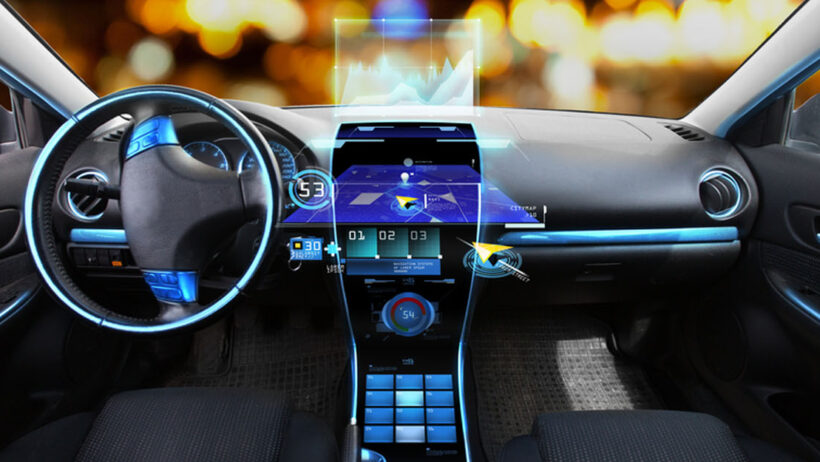Climate control systems in vehicles have grown increasingly sophisticated over the years. From merely providing comfort to assisting in energy efficiency and health, these systems encapsulate the intersection of innovation and practicality. Mastering the controls of these systems not only enhances the driving experience but also supports broader environmental initiatives. This article will delve into how to reset and efficiently use your climate control system, elucidating the significance of these features in maintaining your vehicle’s optimal performance.
Understanding the Climate Control System
At its core, a climate control system in a vehicle regulates the temperature, humidity, and quality of air within the cabin. It comprises components such as the thermostat, compressor, evaporator, and heater core, which work in tandem to create a comfortable environment. Notably, the system can be influenced by numerous factors, including external weather conditions, sunlight exposure, and the insulation capabilities of your vehicle. Understanding how these systems operate is essential for any vehicle owner.
The Importance of Efficient Climate Control
An efficient climate control system contributes significantly to fuel economy. It is often observed that running the air conditioning system can increase fuel consumption, particularly in older vehicles. However, modern vehicles are designed with more advanced climate control features that optimize energy use. Moreover, maintaining a comfortable cabin temperature can reduce driver fatigue and improve focus, enhancing overall safety on the road.
Resetting Your Climate Control System
Over time, your climate control system may exhibit erratic behavior—fluctuating temperatures, unresponsive controls, or odd noises. These symptoms may indicate the need for a reset. Below are the steps to reset your climate control system effectively:
- Power Down: Begin by turning off your vehicle entirely. Disconnecting the battery for at least 10 minutes can also help reset electronic systems.
- Locate the Climate Control Module: Depending on the model, you may need to access this through the vehicle’s manual. Some systems have a dedicated fuse that, if removed and reinserted, can effectively reset the controls.
- Reboot System: After powering down, turn the ignition back on and allow the climate control system to initiate its startup sequence. Listen for any unusual sounds.
- Check for Error Codes: Utilize an OBD-II scanner to check for any error codes that might indicate specific faults within the system.
- Test Functionality: Once reset, conduct thorough tests on all climate control functions: heating, cooling, defrosting, and ventilation. Ensure that airflow is consistent and responsive.
Utilizing Your Climate Control System Efficiently
Efficient use of your climate control system entails more than just hitting the right buttons; it involves strategic practices that consider the broader implications on driving comfort and environmental impact.
- Optimal Settings: Utilizing the ‘Auto’ setting can be highly beneficial. This mode allows the system to automatically adjust temperature and fan speed based on the internal conditions, which promotes efficiency.
- Air Recirculation Mode: Make use of the air recirculation feature to maintain a stable internal temperature. This can prevent excess work on the system when driving through extreme external conditions.
- Ventilation Management: During cooler months, strategically use the heater to battle cold air while minimizing reliance on the air conditioning, which can sap energy reserves.
- Seasonal Maintenance: Regular maintenance is crucial for peak performance. This includes checking and replacing cabin air filters, inspecting the coolant levels, and ensuring that all components are functioning optimally.
- Mindful Use: Reducing reliance on climate control during short trips can conserve energy. Instead, consider opening windows or using natural ventilation during mild weather.
The Role of Climate Control in Environmental Sustainability
As the automotive industry pivots towards sustainability, climate control systems are increasingly at the forefront of energy-efficient driving. The efficiency of these systems plays a crucial role in reducing greenhouse gas emissions. Leveraging technology such as heat pumps and hybrid systems can significantly improve energy use during operation.
Moreover, the choice of refrigerants in climate control systems has profound environmental implications. R-134a, once prevalent, has been phased out in favor of more eco-friendly alternatives due to its potential contribution to greenhouse gas emissions. Understanding these environmental factors encourages responsible vehicle ownership, aligning individual practices with global sustainability goals.
Conclusion
Mastering your climate control system is not merely about adjusting the temperature; it’s about understanding its mechanics and implications. By resetting the system effectively and utilizing its features wisely, vehicle owners contribute to comfort, safety, and sustainability. In an era of climate awareness, every small action taken to enhance vehicle efficiency plays a part in the larger narrative of environmental stewardship. Thus, engaging with your climate control system paves the way to a more conscientious driving experience, merging technology and ecology seamlessly.







